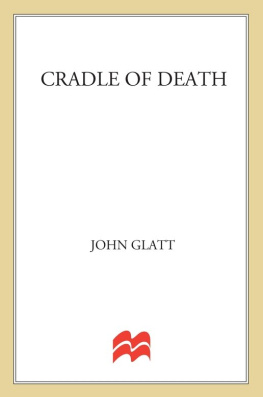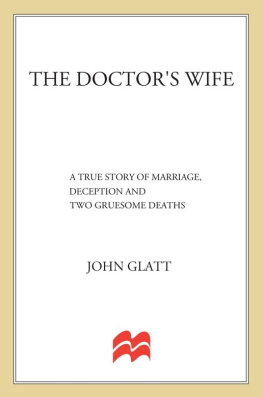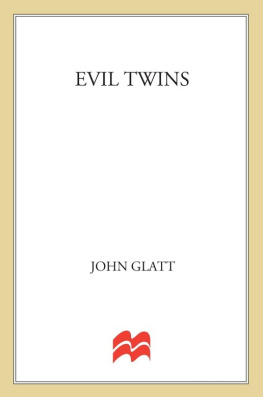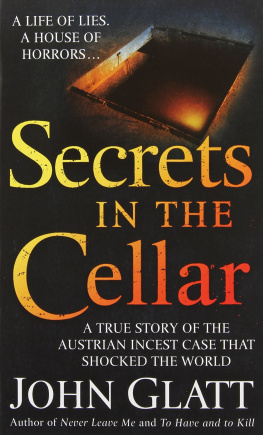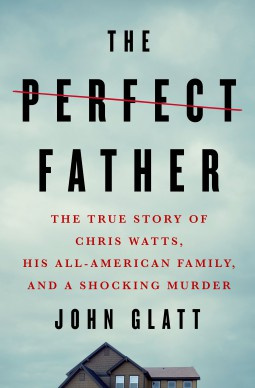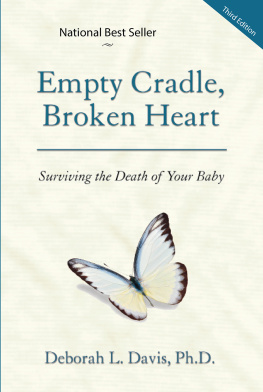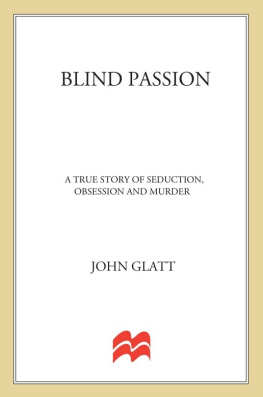sorry something went wrong loading your content. Check the table of contents or try paging forward. Or contact us at support@bookshout.com
sorry something went wrong loading your content. Check the table of contents or try paging forward. Or contact us at support@bookshout.com
sorry something went wrong loading your content. Check the table of contents or try paging forward. Or contact us at support@bookshout.com
sorry something went wrong loading your content. Check the table of contents or try paging forward. Or contact us at support@bookshout.com
On the morning of Wednesday, August 5, 1998, Philadelphia District Attorney Lynne M. Abraham marched into a packed press conference to clarify a mystery that had confounded the city for almost half a century. Her communications director Bill Davol had previously put the word out to the media that they would be dealing with a tragic story of national proportions.
At nine oclock a swarm of local affiliate and network TV crews and print reporters converged on the vast D.A.s office building, across the road from the historic Liberty Bell. There, under the savage glare of television lights, Abraham looked deadly serious as she mounted the podium to begin. With her closely cropped silver hair, worn military-style, she resembled a field commander about to brief the troops.
For the next half-hour the tall, heavy-set woman whom The New York Times once dubbed Americas deadliest D.A., would constantly refer to a giant poster board behind her to simplify the most convoluted murder investigation of her distinguished seven-year career. There, clearly set out in black and white, were the autopsy results of eight babies from a single Philadelphia family, who had died mysteriously over a nineteen-year period between 1949 and 1968.
It was a baffling series of deaths which had defied explanation. Although over the years some had suspected foul play, it had taken half a century for the Philadelphia police to make their move and reopen the investigation. And now the publicity-savvy Abraham, soon expected to announce a run for mayor, was determined to maximize its impact.
Just three hours earlier homicide detectives had arrested Marie Noe, the now-sixty-nine-year-old mother of the babies, in her tenement row house in the tough Philadelphia suburb of Kensington. Four months earlier she had finally confessed and been booked on eight counts of first-degree murder. Now the frail, white-haired senior citizen stood to become notorious as the most prolific serial baby-killer in American history.
Fully aware that the arrest would be very high-profile indeed, D.A. Abrahams carefully stage-managed announcement fully reflected its gravity.
When Theodore Dreiser wrote a novel called An American Tragedy , he never knew or conceived of a case like this, she declared. For the dead children, this case involves a great American tragedy. A few days later one of her assistant D.A.s, Jay Feinschi, would go even further, placing Marie Noe squarely in the company of the infamous serial killer Ted Bundy.
The Noe babies had started dying in 1949 when the Baby Boom was in full swing and Harry Truman was President of the United States. In the staunchly blue-collar district of Kensington, a twenty-year-old newlywed named Marie Noe gave birth to her first child, Richard Allan, who weighed a healthy seven pounds, eleven ounces. Exactly one month later Maries factory-worker husband Arthur came home from work to find the baby dead in his crib.
Richards death was the beginning of a tragedy of epic proportions that would span the next two decades, as Marie Noe gave birth to a total of ten babies. Incredibly, eight died in unexplained circumstances at home, none surviving for more than fifteen months and many dying within days or weeks of birth.
After the untimely death of the seventh Noe baby, Mary Lee, Marie Noe was featured under a pseudonym in a 1963 Life magazine story, anointing her Americas most famous bereaved mother. The highly sympathetic story cast Marie and Arthur Noe in the roles of courageous victims of an unspeakable medical mystery, although Life writer Mary Cadwalader would later admit that Maries total lack of emotion while discussing her dead babies had made her secretly question whether the deaths had been accidental.
Cadwalader wasnt the only one to ask that terrible question. Doctors, forensic pathologists and even the Philadelphia medical examiner of the day all harbored strong doubts about Marie Noe. But with the newly defined condition Sudden Infant Death Syndrome (SIDS) captivating the American public in the 1960s, no one dared go out on a limb and risk career ruin by accusing a mother of committing the unspeakable crime of murdering her own babies.
Five years later when the last Noe baby, Arthur Joseph, perished at just five months of age, Marie had a hysterectomy and closed the book on her babies for more than thirty years.
But in the 1990s the notion that multiple SIDS death could run in families was scientifically debunked. Now the moral pendulum had swung the other way, with several mothers like Waneta Hoyt and Mary Beth Tinning being successfully prosecuted for serial infanticide. Now, at long last, the spotlight was shining on the biggest case of all.
In March 1998, Marie Noe had finally broken her silence to confess the terrible secrets she had locked away for so many years. Even hardened detectives were shocked by Maries apparent lack of emotion and contrition, as she chillingly admitted smothering four of her babies to death. Then, almost apologetically, she explained that it had been so long ago, she couldnt remember if she had harmed the others, although, she admitted, it was quite possible.
When you have two, three, four, five, six, seven, eight deaths in one family, this is not SIDS, D.A. Abraham told a network television reporter after her conference. This is not unexplained. This is not undetermined. This is homicide! Her prosecutors, she said, would seek a life sentence as the current death-penalty law had not been passed at the time of the babies deaths.
But the seeds of one of Americas most baffling and terrifying serial murders go back to the last century, when Marie Noes grandparents first arrived in Philadelphia as young immigrants pursuing the American dream.

